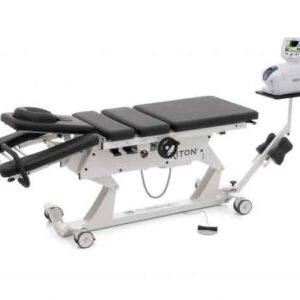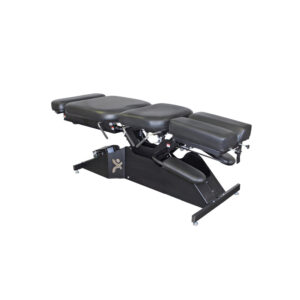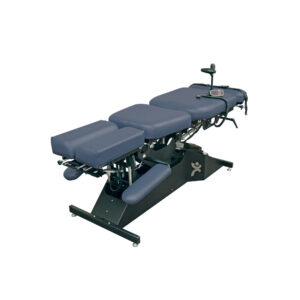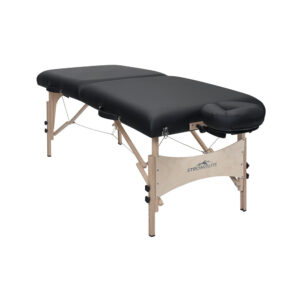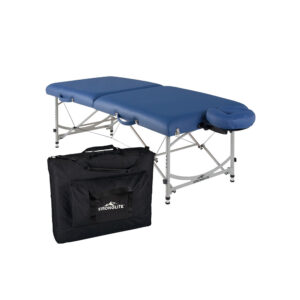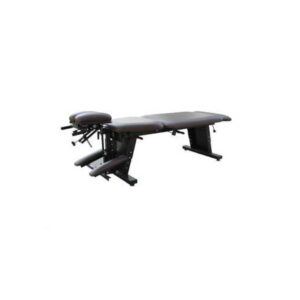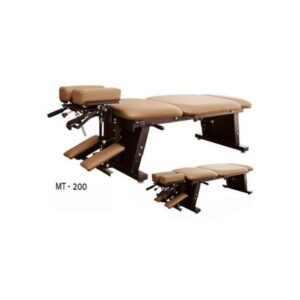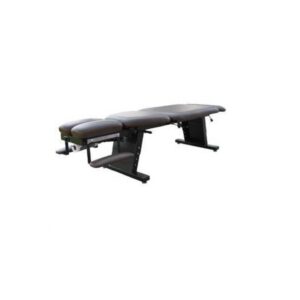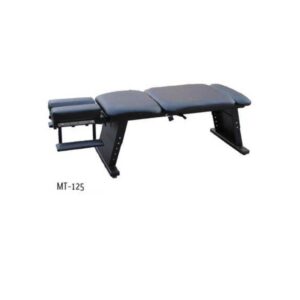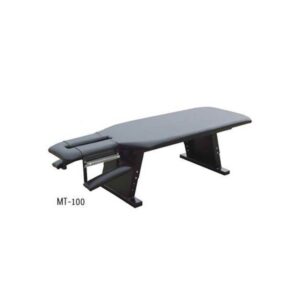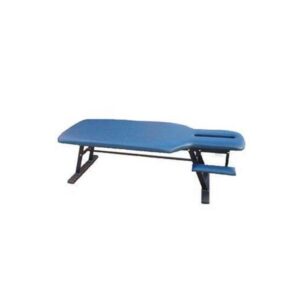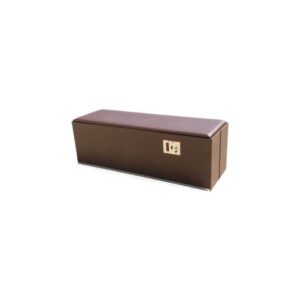Treatment Furniture
- Treatment Furniture
- Adjusting Benches
- Decompression Tables
- Elevation Tables
- Exam Tables
- Flexion Distraction Tables
- Hylo Tables
- Massage Tables
- Other Tables
- Portable Tables
- Traction Tables
Frequently Asked Questions
How do physical therapy tables differ from massage tables?
Massage tables and physical therapy tables vary in their intended functions. A physical therapy table serves as a stable platform for therapists to administer treatments or therapeutic exercises. In contrast, massage tables cater to the comfort of clients during a massage session, with a focus on ergonomic design for the massage therapist.
Massage tables come equipped with heavy padding and a face cradle, ensuring breathing space for clients lying face down. Physical therapy tables, with approximately 2 inches of padding, offer a wider surface to facilitate the movement and transfers of ambulatory patients. The lower height of these tables allows physical therapy patients to perform exercises without the risk of injury, and some models feature motor-assisted height adjusters.
What types of treatment tables are available?
Treatment tables, essential for health professionals, come in two main types: static and adjustable. Static tables, also known as stationary tables, have a fixed height for stability and are suitable for patients who can easily get on the table. Adjustable treatment tables, on the other hand, are tiltable, foldable, and height-adjustable, catering to patients using wheelchairs or those with mobility challenges.
Additionally, there are specialized treatment tables designed for specific practices or disciplines, such as chiropractic traction, physical therapy, sports medicine, spa, imaging, and pediatrics.
What materials are used to make treatment tables?
Treatment tables and rehab equipment must withstand the rigorous demands of physical therapy. Manufacturers commonly use hardwoods, bamboo, powder-coated steel, or aluminum for durability and low maintenance. H-Brace design ensures stability, preventing wobbling or tilting, and enables tables to handle loads between 300 to 900 lbs.
Most treatment tables feature 2-inch foam-filled mats covered with heavy-gauge, water-resistant vinyl or similar upholstery, making them puncture and tear-resistant.
What are the typical dimensions of a physical therapy table?
While treatment tables come in various dimensions, the average measurements are around 18 to 22 inches in height, 24 inches in width, and approximately 72 inches in length. This holds true for both static and adjustable physical therapy tables.
What are the advantages of a tilt table?
A tilt table serves as a valuable diagnostic and therapeutic tool. It helps cardiologists assess patients experiencing lightheadedness or fainting by elevating their heads above the rest of their bodies for diagnostic measurements of blood pressure and heart rate. For bedridden or physically unsteady patients, a tilt table facilitates tilting at various angles, offering benefits such as improved ventilation, enhanced weight-bearing strength on lower limbs, sensory stimulation, and the ability to exercise without gravitational constraints.
What is a mat platform table used for?
Mat platform tables are used by physical therapists to ensure patient comfort during treatment or therapeutic exercises. These tables also facilitate the quick transfer of patients between spaces.
What are standing tables?
Standing tables and frames support weight-bearing sections of a patient’s body, providing a work surface for various activities. Physical therapists use standing tables to deliver treatment or exercise guidance to upright patients.

